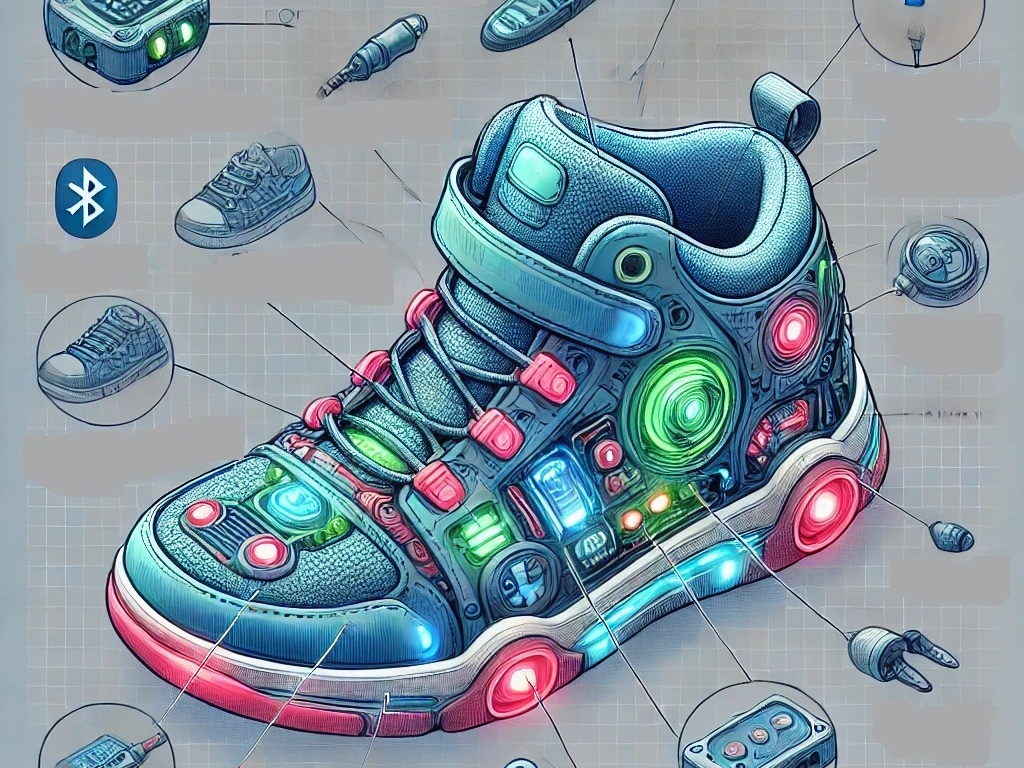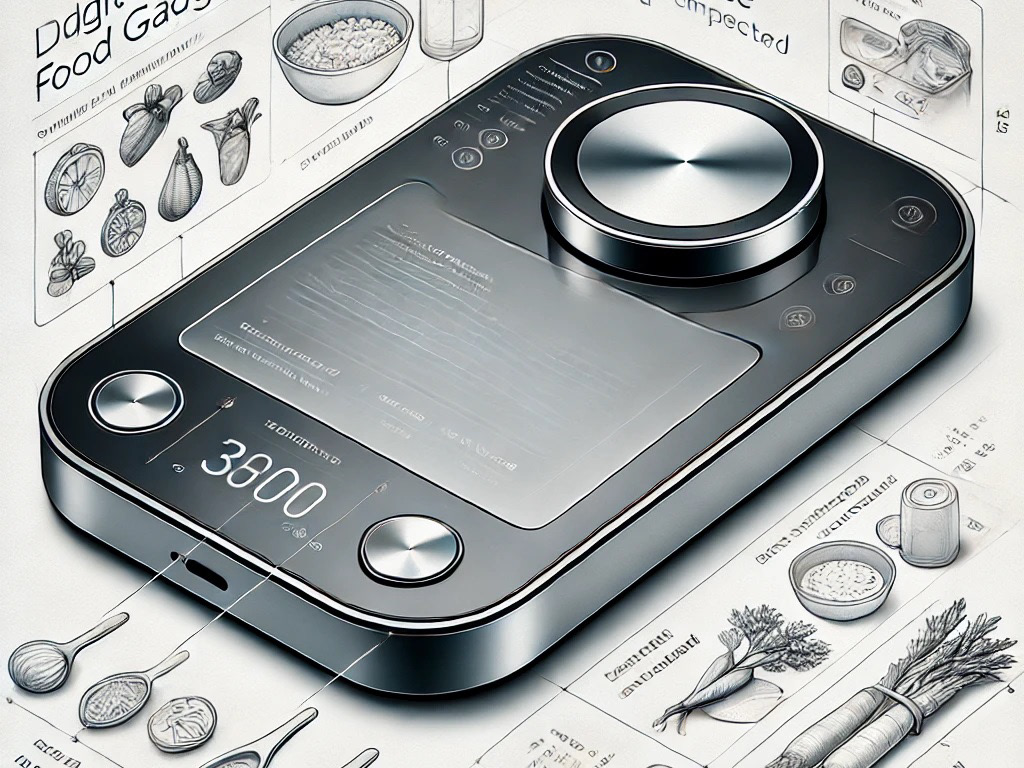1. The Smart Cart Companion
Title: "The Future of Retail: The Smart Shopping Cart"
Subtitle: "A Seamless, Secure, and Efficient Shopping Experience"
2. Introduction
Objective: The innovative way to have a stressless shopping experience, no more issues, with wasting time to look for items and waiting in the aisle for someone to move, no more long line-ups, no more theft for the business, and the loss of merchandise will go down by 85%. Won't need so many employees, and those employees can help out on the floor instead of standing at the till. More money saved for both the consumer and the business. Shopping will be enjoyable and more people will be shopping AND SPENDING MONEY.
Context: As shopping moves towards automation and self-service, the demand for smarter, more efficient solutions grows.
3. The Problem
Current Issues in Retail:
Long checkout lines
Inefficient payment processes
Human error in billing
Lack of personalization
Inconvenience in tracking total costs while shopping
4. The Solution: Smart Shopping Cart
Overview: The Smart Shopping Cart is a fully integrated, tech-enabled cart that simplifies the shopping process by combining mobile payment systems, real-time product tracking, and personalized shopping recommendations.
5. Key Components & Features
Main Components:
Unlike typical shopping carts, the Smart Shopping Cart is equipped with sophisticated tech that provides a personalized and efficient shopping journey.
Edge over Competitors:
Contactless payment systems built directly into the cart.
Ability to give live recommendations based on items added to the cart.
Enhanced security features that prevent cart misuse or theft through GPS tracking.
7. Benefits to Retailers & Consumers
For Retailers:
Increased Efficiency: Reduced staffing needs as customers handle their own checkout process.
Lower Costs: Streamlines operations by reducing the time spent at the register and decreasing errors.
Better Inventory Management: The cart's data can be integrated with store inventory systems in real-time.
For Shoppers:
Faster Shopping: Avoid long queues and check out directly from the cart.
Personalized Experience: Receive targeted offers based on preferences and buying habits.
Budget Control: The live price total ensures customers always know how much they’re spending.
8. Real-world Use Case
Scenario: A busy mom shops for her weekly groceries. She places items in the Smart Shopping Cart, and it scans them instantly. She sees the total cost on the display, gets a notification of an ongoing discount for one of her favorite products, and completes payment right from her cart without having to wait in line. She exits the store, receiving her receipt on her phone via the app.
9. Implementation & ROI
Implementation Plan:
Partner with major retailers for initial roll-out.
Test in key locations before full-scale launch.
Continuous app updates for enhanced functionality and consumer engagement.
Return on Investment (ROI):
Reduction in operating costs (fewer cashiers, faster checkout).
Improved customer retention through personalized offers and a seamless shopping experience.
Higher sales through impulse buying driven by recommendations.
10. Conclusion
Recap: The Smart Shopping Cart is a modern, tech-forward solution that solves everyday shopping challenges while benefiting both retailers and consumers.
Call to Action: This is not just a cart; it’s the future of retail. Let’s make shopping smarter, faster, and more efficient together.
The Smart Shopping Companion's Breakdown:
1. Research and Development (R&D)
*Prototyping and hardware Development: Creating prototypes that incorporate electronics, screens, and scanning capabilities typically costs $20000 to $70000. This includes design and engineering for structural durability and functionality.
*Software Development: Developing software for features like mobile payments, inventory tracking can cost $50000 to $200000, depending on complexity. Integration with cloud services or exisiting payment platforms may add additional costs.
* Testing and Certifications: Ensuring safety, reliability, and compliance with tech and retail standards (such as PCI compliance for payment systems) generally costs around $10000 to $30000
2. Manufacturing and Production
*Component Sourcing and Assembly: Smart Carts require components such as screens, barcodes/ RFID scanners, batteries, and a strong frame. Initial costs for manufacturing may range from $100000 to $300000 for an initial batch (eg, 1000 carts at $100- $300 per cart)
*Tooling and Custom Parts: Custom molds and parts, especially for features unique to the Smart Cart, may add $20000 to $ 50000 in setup fees.
3. Marketing and Deployment
*Branding and Product Design: Professional branding and user- friendly product design can cost between $10000 and $30000
*Pilot Testing and Distribution: Initial testing in a retail environment and setting up logistics for deplyment (transport, setup, and maintenance) can add $30000 to $50000
* Marketing Campaign: To create awareness and market the Smart Cart, initial advertising and digital marketing expenses could range from $20000 to $100000.
4. Legal and Operational Cost
*Patent and Licensing Fees: Protecting the Smart Cart's design and securing licenses for any proprietary technologies could require $5000 to $20000.
* Ongoing Maintenance and Updates: Each Smart Cart might require regular software updates, repairs, or replacements, estimated at $10000 to $50000 annually depending on scale.
Estimated Total Initial Investment
The upfront cost for development, production, and launch for the Smart Cart can range between $250000 and $700000, varying with design choices, tech integration, and deployment scale.
If an investor is interested in joining me on the launch for this idea, please message me. I have an agent that is waiting on me for an investor to proceed with this idea. The payment of $1145 is needed now to get the agent and their designers to take the first step. Then to complete this will be around $20000.




